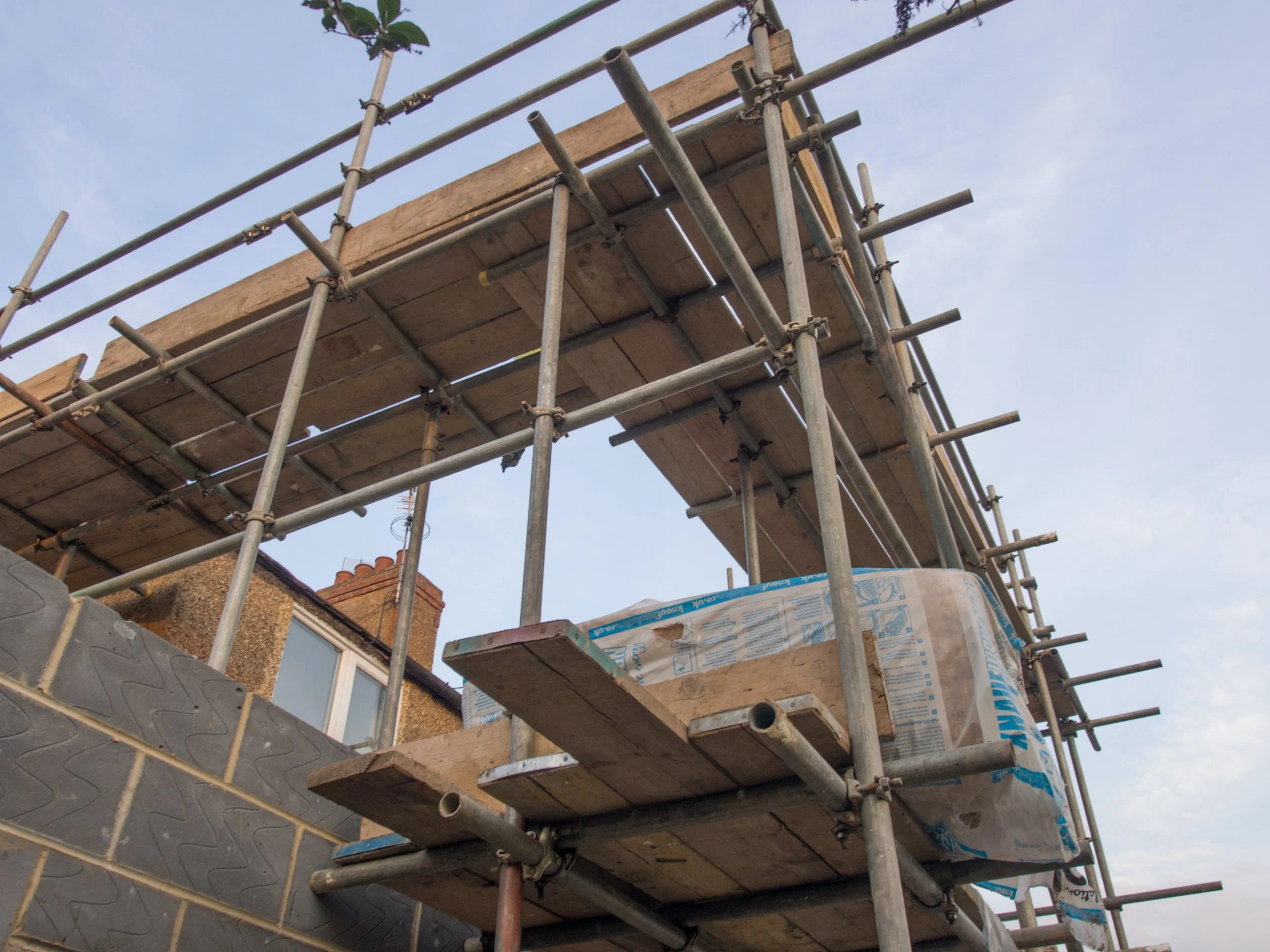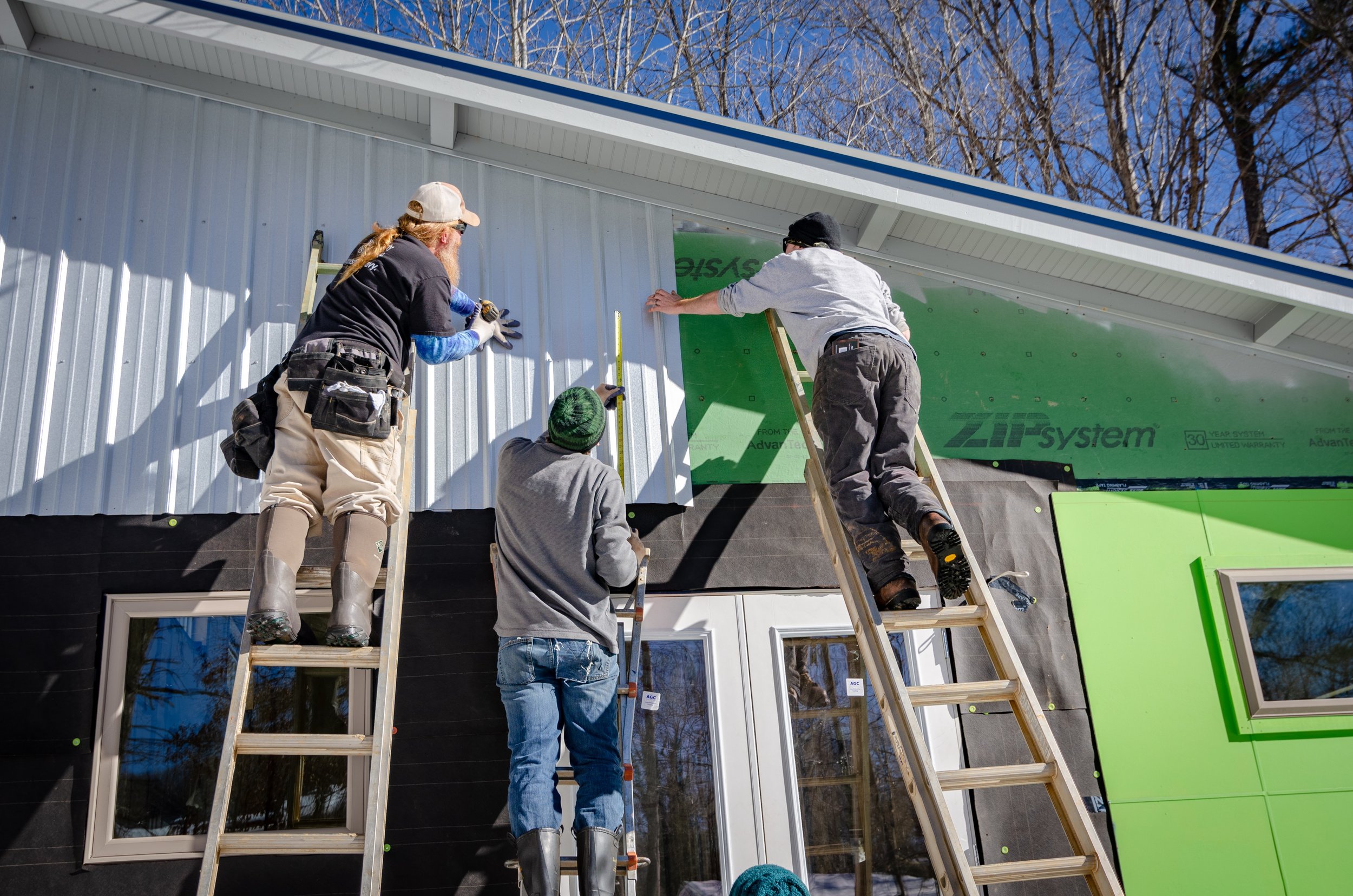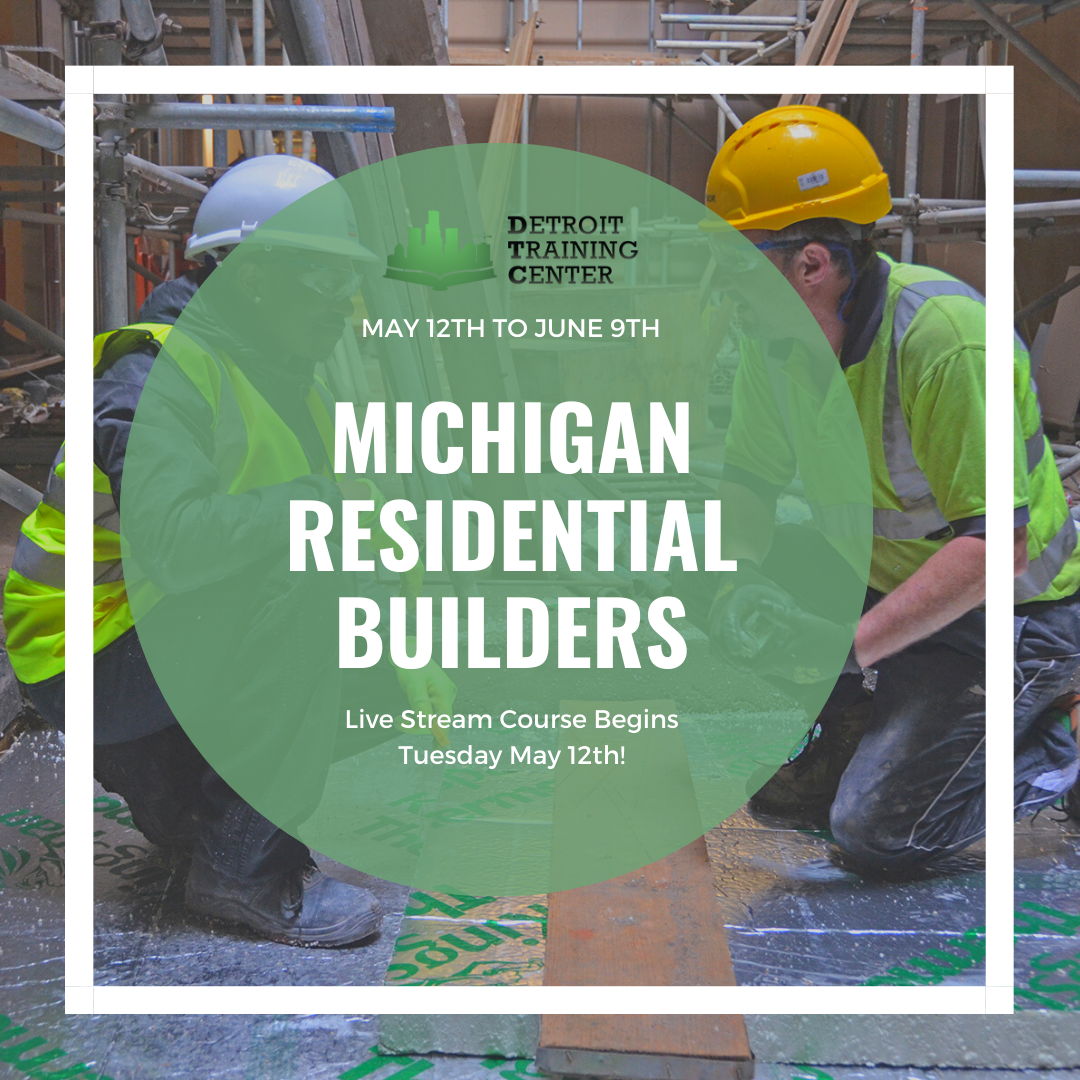Although many sectors of the labor and building materials (LBM) industry are getting quite expensive, there are many reasons to be optimistic about the future of the field. For example, there are many new and innovative building materials that can improve the energy efficiency and durability of a building while also drastically reducing the maintenance requirements. These factors lead to substantial savings over the lifetime of the building.
However, to get the most out of these innovative materials, it is critical that they be used the right way. To help in this regard, keep reading to find out about 4 cutting-edge materials and some tips on working with them.
1. Prefabricated Structural Steel
With the rising costs of construction across the country, many contractors are turning to prefabricated steel buildings as a more economical option. While steel buildings are generally more affordable than similar wood-framed structures, that does not mean they are in any way inferior. No, the savings from prefabricated steel buildings come from being able to manufacture the majority of the structure offsite, leading to fewer construction delays, less material waste, and fewer labor hours to get the project completed.
In fact, metal buildings have plenty of advantages over wood-framed buildings, such as:
Better durability, as metal can last well over 100 years with basic maintenance and care
Energy efficiency, as metal is very reflective of sunlight. This can be leveraged even further by looking into metal building roof pitch ideas to facilitate moisture runoff
Elite resistance to fire, pests, and other forms of natural disasters
Although prefabricated steel structures are an innovative solution, some tips to increase your satisfaction with the project are to carefully prepare the building site (don’t get lazy just because metal buildings require less elaborate foundations) and have top-notch communication with your supplier so that the building is assembled correctly.
2. Continuous Insulation Roofing
Creating net-zero energy efficient buildings is a top priority for construction professionals in 2022. One of the best ways to accomplish this is by developing a continuous insulation system.
A continuous insulation system is defined as insulation that is continuous across the entire system without any thermal bridges other than fasteners and service openings. To this effect, while many contractors focus on continuous insulation walls, it is critical to remember that insulated roof panels are just as important. The best roof insulation systems will reduce thermal bridging through their girts and maximize the r-value of the roof in the process.
When installing a continuous insulation roof, just remember to have all of the heavy equipment in place to perform the job seamlessly and use sealants as necessary to shore up any small imperfections you may notice.
3. Synthetic Stucco
Stucco is one of the world’s most popular cladding materials thanks to its rugged, continuous exterior and ability to resist sound, wind, and moisture. While these are definitely impressive features, innovative EIFS stucco takes these advantages to the next level. Despite being similar in appearance to traditional stucco, it is 80% lighter and has an R-value of up to 5.6 compared to traditional stucco’s 0.2 while maintaining the same sound, wind, and moisture resistance in its continuous insulation cladding.
Although the benefits of synthetic EIFS stucco are many, understand that this cladding system must be applied in quite a few layers, so great attention to detail needs to be given during installation. For example, a typical EIFS system starts with an initial water-resistant barrier applied to the framing substrate. Then comes a layer of EPS, XPS, or mineral wool insulation to prevent thermal bridging. Next is a layer of fiberglass mesh for additional reinforcement and to prevent cracking. On top of that is added moisture-resistant flashing. Finally, the last layer is added to give the structure its primary protection and aesthetic properties. So while the final result is unprecedented insulation, outstanding care needs to be exercised during the installation process.
4. Polished Concrete Floors
One of the more prevalent trends in the practical living movement is the increase in barndominiums. A barndominium is pretty much what its name suggests--a barn-like structure that is used as a living space.
“Barndos” are becoming popular because they provide the comforts of a regular living space with the durability and lower maintenance usually found in barns and other outbuildings.
When exploring barndominium plans, it is critical that you get the materials right. For example, carpet just doesn’t play well in this type of structure for aesthetic and functional reasons. You will need some type of hard flooring option, making polished concrete an excellent choice. While its durable construction and low maintenance requirements are consistent with the barndominium philosophy, it can also be installed in a number of attractive designs that give the space more aesthetic intrigue than a basic gray concrete floor.
Get Creative and Use These 4 Innovative Building Materials
Despite rising costs in the LBM industry, the most innovative building materials can help recoup a large percentage of these expenses over time. Some examples of these types of materials include prefabricated structural steel, continuous roofing insulation, synthetic stucco, and polished concrete floors. So if you are planning a new construction project, use the tips listed above to help your project shine!
Max Shafer is a contributor to the Innovative Building Materials blog. He is a content writer for the construction and home improvement industries with an interest in landscaping, outdoor remodeling, and interior design. Max is focused on educating homeowners, contractors, and architects on innovative materials and methods of construction that increase property value, improve sustainability, and create a warm and welcoming ambiance.


























